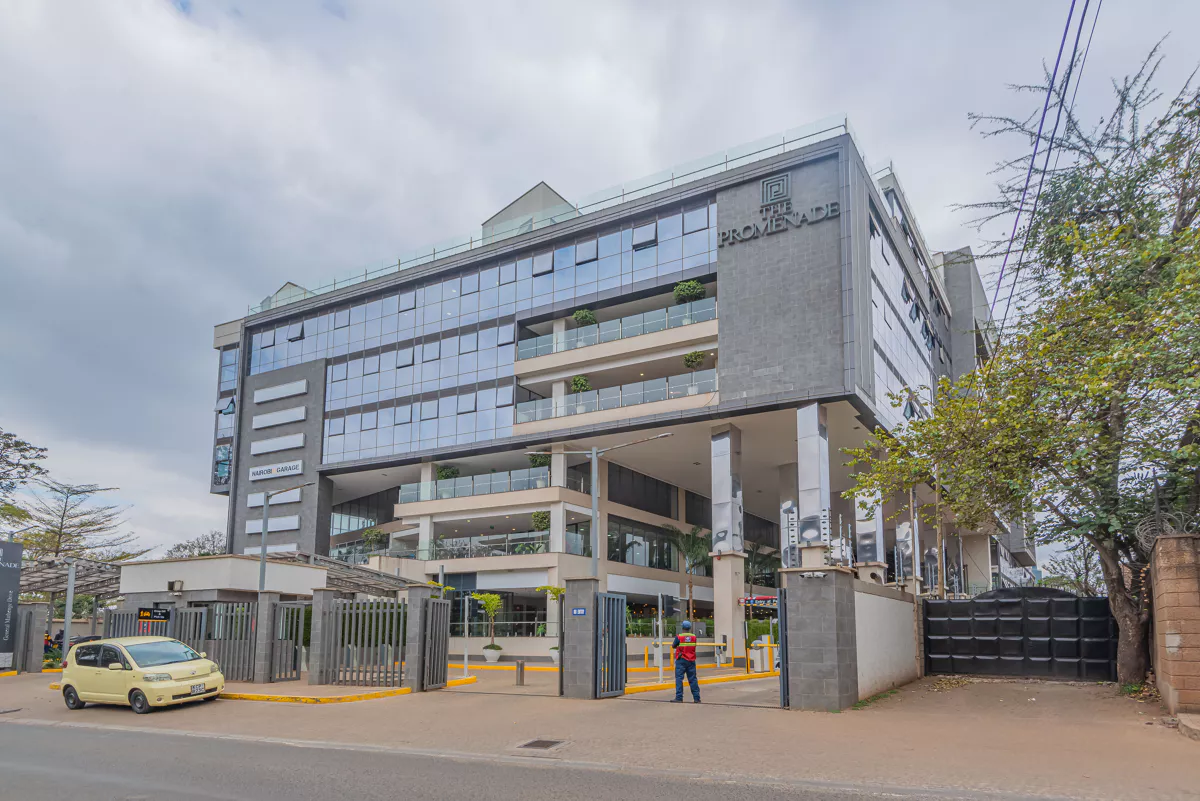In the first half of 2019, the prices in prime residential areas in Nairobi declined due to the oversupply in the market that has been affecting the market. These prices declined by 1.8% increasing the overall annual decline by 6.7%. For the prime residential rents, the prices declined by 1.7% and 3.3% to June of the year 2019 owners counting losses as economy slows down.
While the government was trying to cover the bad situation of the economy, many of the sectors in Kenya were suffering. credit high-interest rate and low spending rate also affected the economy, hitting many of these sectors which were affected. This has hence affected the Kenyan economy status, leaving many of investors frustrated.
However, this transition favoured buyers and tenants, leading to the exacerbation by the multinationals in Kenya who are reducing in the country, creating a negative effect on the market. Last year Hass-consultant reported that the big number of foreigners leaving the country was causing a low uptake of residential properties in the high-end area. This is after the government initiative to issue permits to only the foreigners that have something to offer to the locals. Many foreigners left the country after this report, leading to a high fall in prices of sale properties and rentals. This decline is expected to further due to the outbreak of the global corona pandemic.

Urban Park Residence for sale in Syokimau
Syokimau, Nairobi, Kenya
Five Star Apartment for Sale in Syokimau
Five Star Phase 1 Estate, Five Star Road, Nairobi, Kenya
Gemland Residence on Riverside Drive, Westlands
Riverside Drive, Nairobi, Kenya
97 Alta Apartment in Westlands
Rhapta Road, Nairobi, Kenya
Oak West Residency in Westlands, Nairobi
Westlands, Nairobi, KenyaThe look from the retail sector was not different.
Rent for retail spaces in the prime areas in the shopping malls decreased by 5.9%, pushing these spaces to go for as low as US$4.8 per square foot every month. Landlords were also in the mix as they were under pressure to attract new tenants and to retain the existing ones.
The pressure was created by the worsening economic status that left many consumers with low income which aggressively affected the retailer.
In the first half of the year, the occupancy level is established malls was 90% while that in new malls that were at least in the market for utmost 2 years was standing between 40% to 55%. During research to get these results, it was noted that new tenants were preferring the established malls to tap into the existing clients instead of opening a business in a new retail space.
For the offices, in the prime areas, the prices remained constant in the first half of the year, uptake of grade A and B declining by 8% from the previous year. Some of the landlords were said to be providing adjustments such as longer fit-out periods, discounts and part-time contributor to the tenants fit-outs to attract new tenants and retain the existing in occupancy. This was soon used by most of the landlords.
Serviced office spaces are now gaining popularity due to its flexible provisions as compared to the traditional offices. These types of offices are expected to grow further as new office tenants are more interested in modern offices.
At commercial property Kenya, we advise our clients on the various types of properties we have, recommending only the best to our clients including retail, commercial and residential properties.

